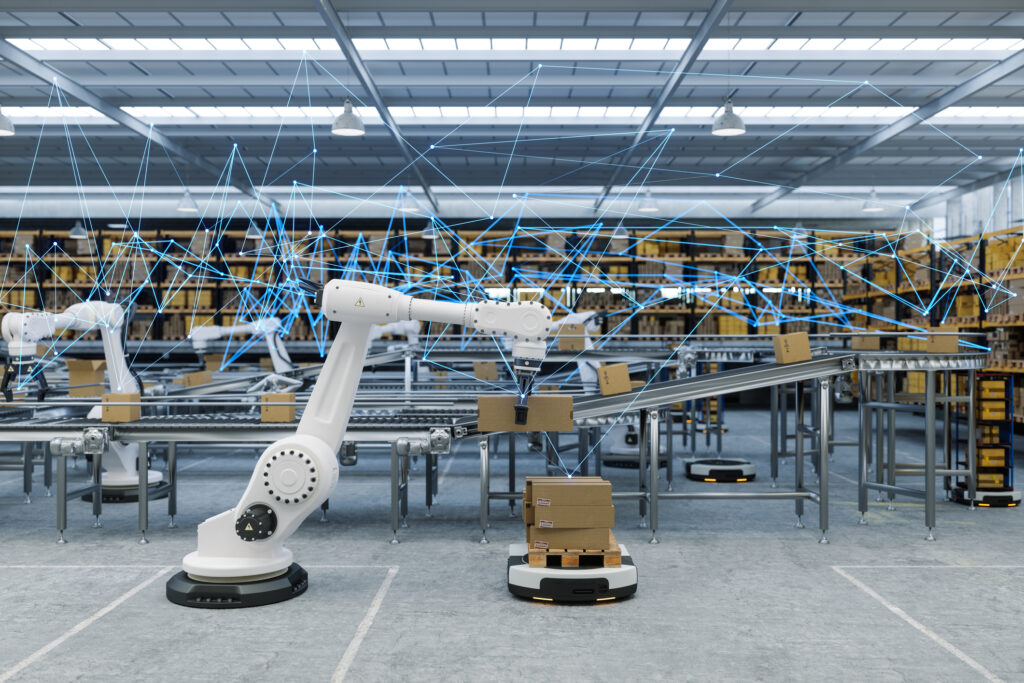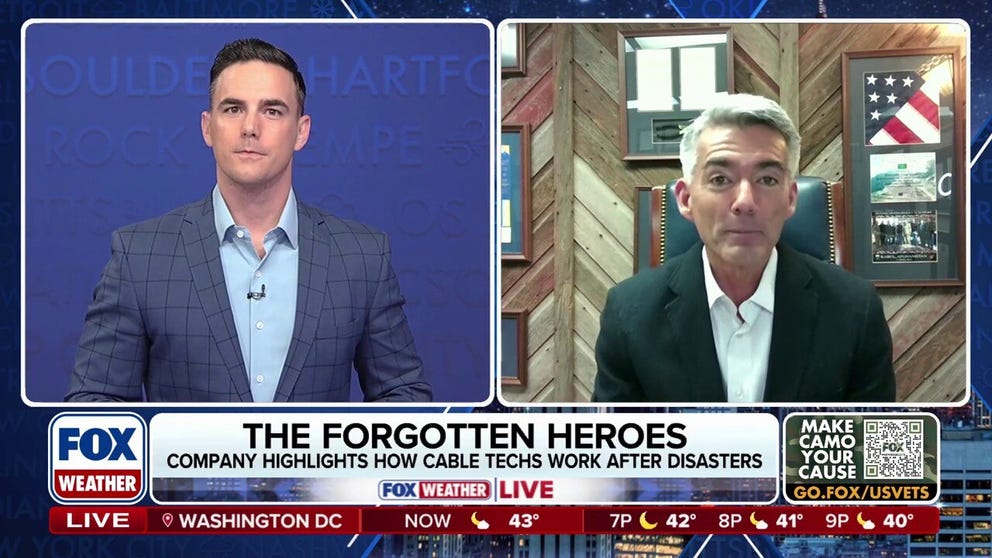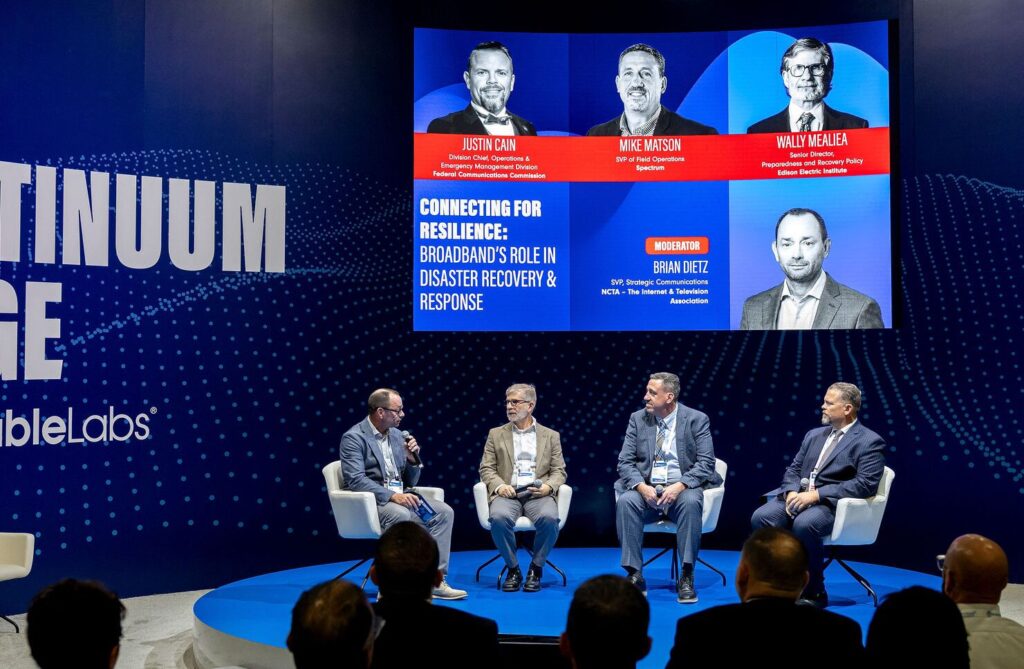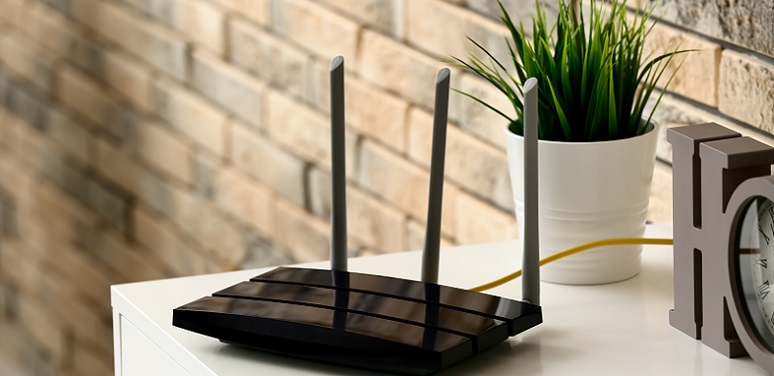In today’s “always online” world, seamless network operation and a smooth connectivity experience is essential. Engineers have worked hard to reduce the latency (often referred to as lag or lag time) users encounter while relying on the broadband networks that power smart technologies. In fact, super low-latency is one of 10G’s primary benefits.
What Is Latency?
In general terms, latency is the time that elapses between a request for information and its arrival. Sometimes lag can happen on a network, on a device, or both at the same time. Anytime a signal is sent and processed, some degree of lag is to be expected. When accessing the internet, lag or latency is measured by the amount of time it takes for a “ping,” or sample signal, to travel from a source device to a server and back. Gamers often talk about ping rates, which is another term for latency or lag.
Managing Latency Is Key
Latency is an almost-guaranteed aspect of electrical engineering. Digital speeds might feel instant, but it takes time for a wave to travel. Combine that with slight resistance in many conducting wires, and there will always be some level of latency that comes with using a device or network.
Because of this physical reality, engineers look for all the places they can streamline in a network to cut down on all the small factors that can contribute to latency, like processing time and high traffic.
What Role Does Latency Play in User Experiences?
Users want a reliably low-latency experience, and get frustrated when lag gets in the way.
According to CableLabs, people begin to detect delays at about 20 milliseconds.
- Every small improvement in a network counts.
- That’s why changes like prioritizing latency-sensitive data, more efficient Wi-Fi network management, and other improvements combine to drive down lag.
- To a gamer, it’s the difference between winning and losing.
- 10G (the next-generation network delivering speeds up to 10 Gbps) networks decrease latency to just one millisecond for many lag-sensitive applications.
Super-Low Latency Networks Will Power the Future
Because latency is more urgent in certain instances than others, 10G technologies work by prioritizing latency-sensitive data. Plenty of industries rely on low-latency networks, and will do so even more into the future.
- The result is that a cardiothoracic surgeon can confidently complete telesurgery, as healthcare access expands beyond physical doctors’ offices.
- As automation and remote-operated machinery grows, low-latency technologies will ensure the precision needed for real-time sensing, be it agriculture or manufacturing.
- Video conferencing with low-latency allows conversations to flow seamlessly, making remote solutions more useful and allowing businesses to grow outside of their direct geographic area.
- Virtual reality, and all the uses it powers, depends on low-latency to make the immersive experience authentic. Some emergency services have begun using VR to train first-responders, who are faced with constantly changing scenarios that are often life-or death.
- A VR training that can respond faster than the human brain keeps trainees sharp and prepares them for dangerous real-world scenarios, without having to risk their lives first to gain that knowledge.
10G Means No Lag
By utilizing new low-latency DOCSIS technologies, 10G will allow users to experience a seamless super-fast broadband network. As more of the 10G network rolls out, users will benefit from all the latest engineering that not only delivers gigabit speeds, but low-latency and enhanced security and stability as well.
To learn more about the latest from 10G, be sure to visit the website and sign up for the newsletter.








